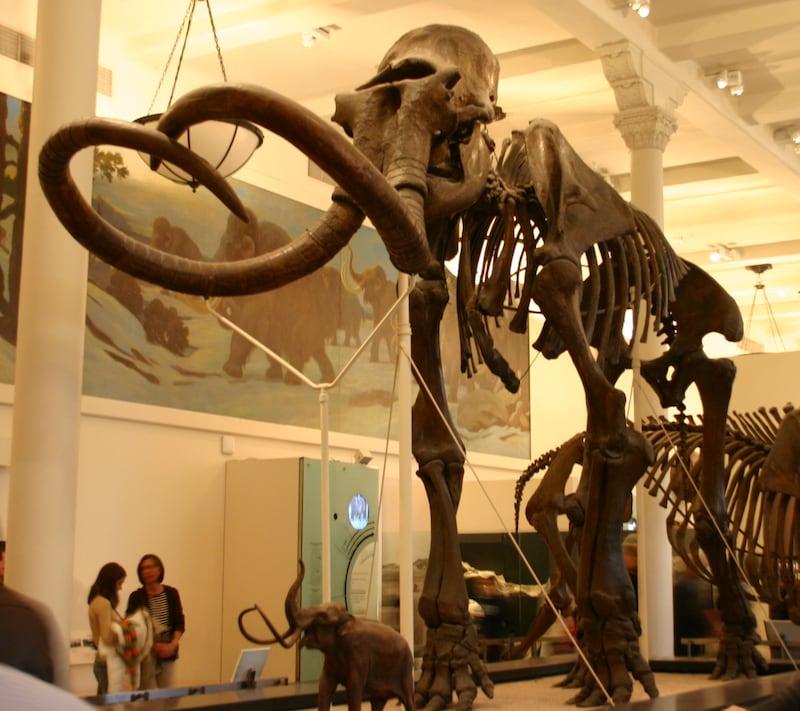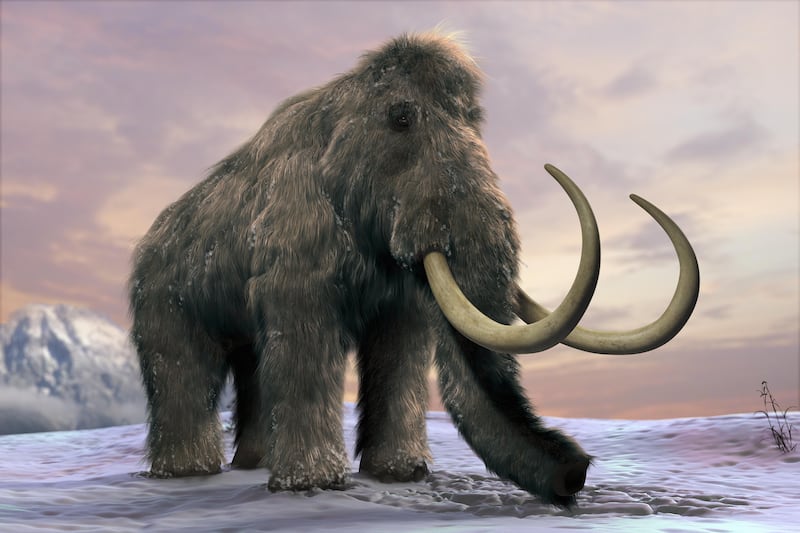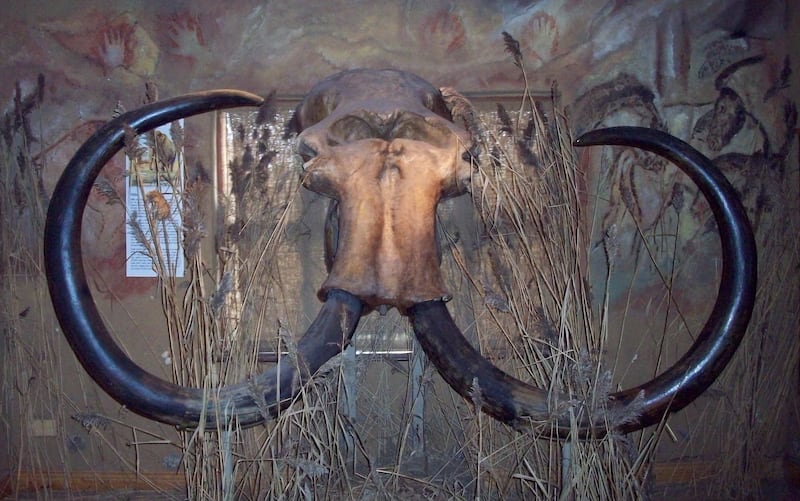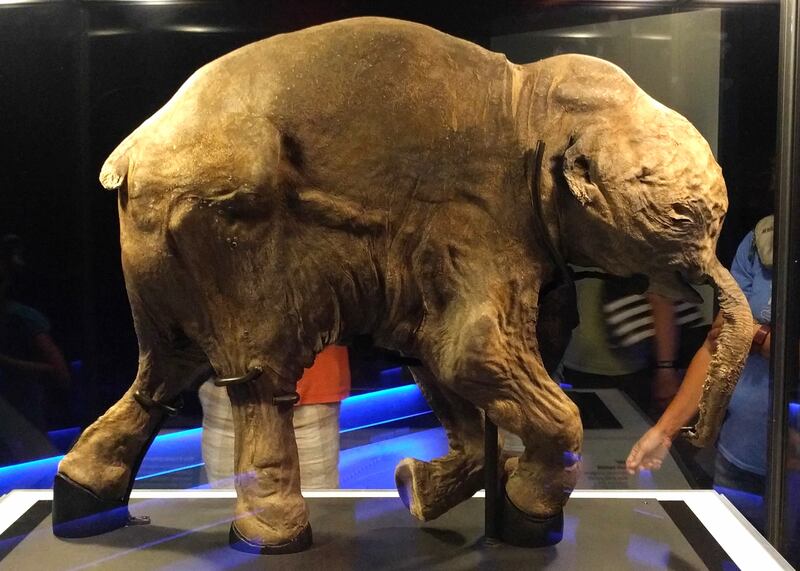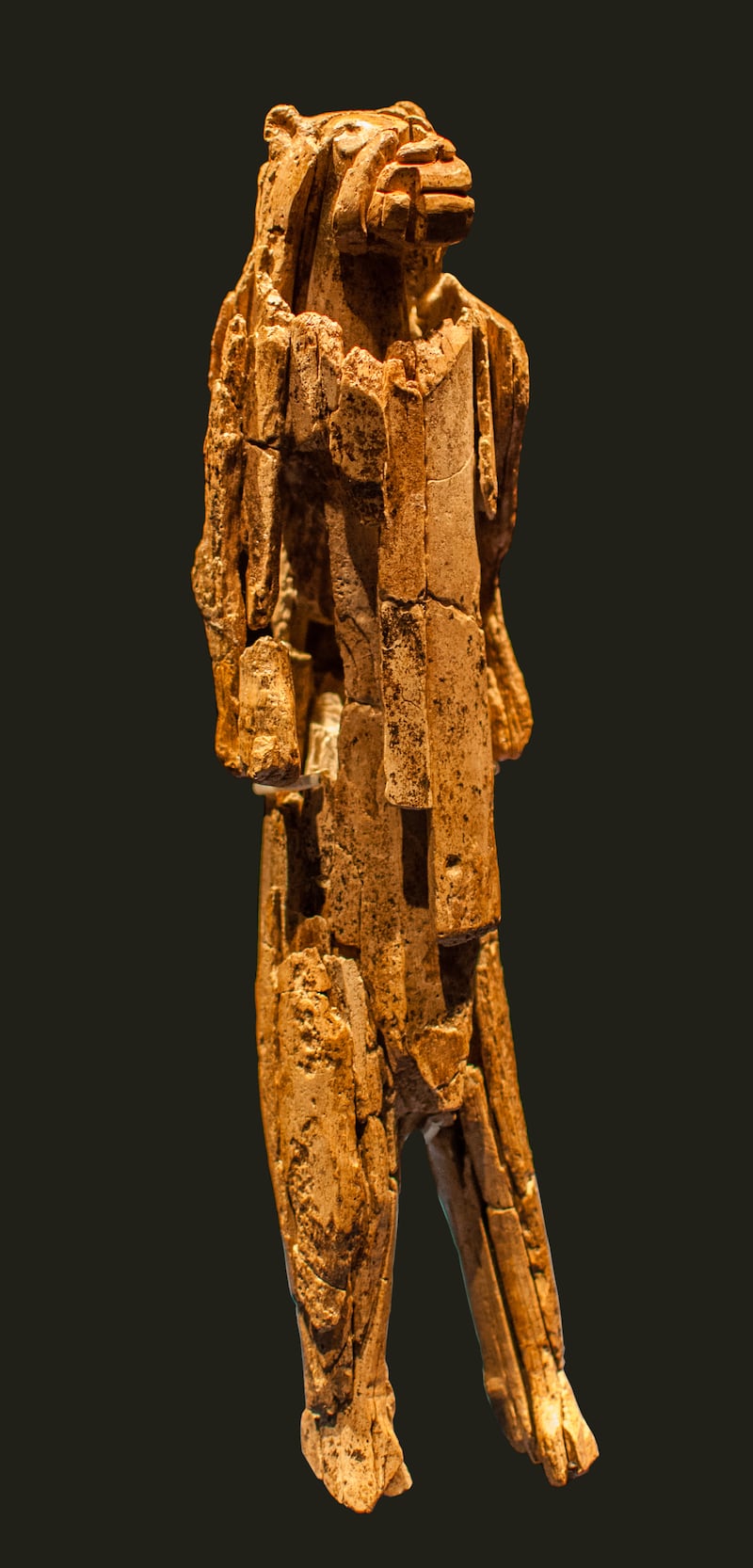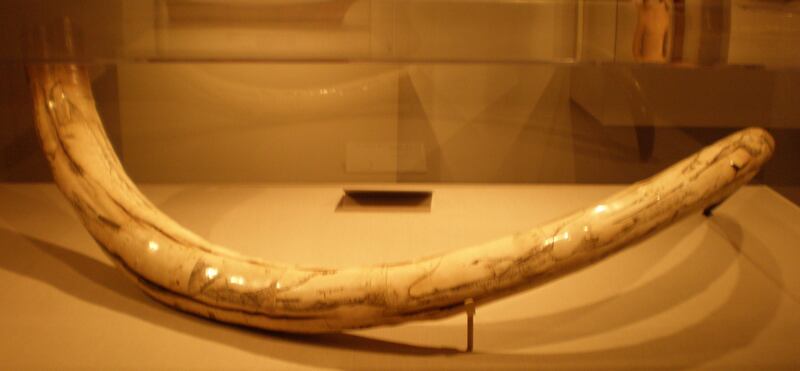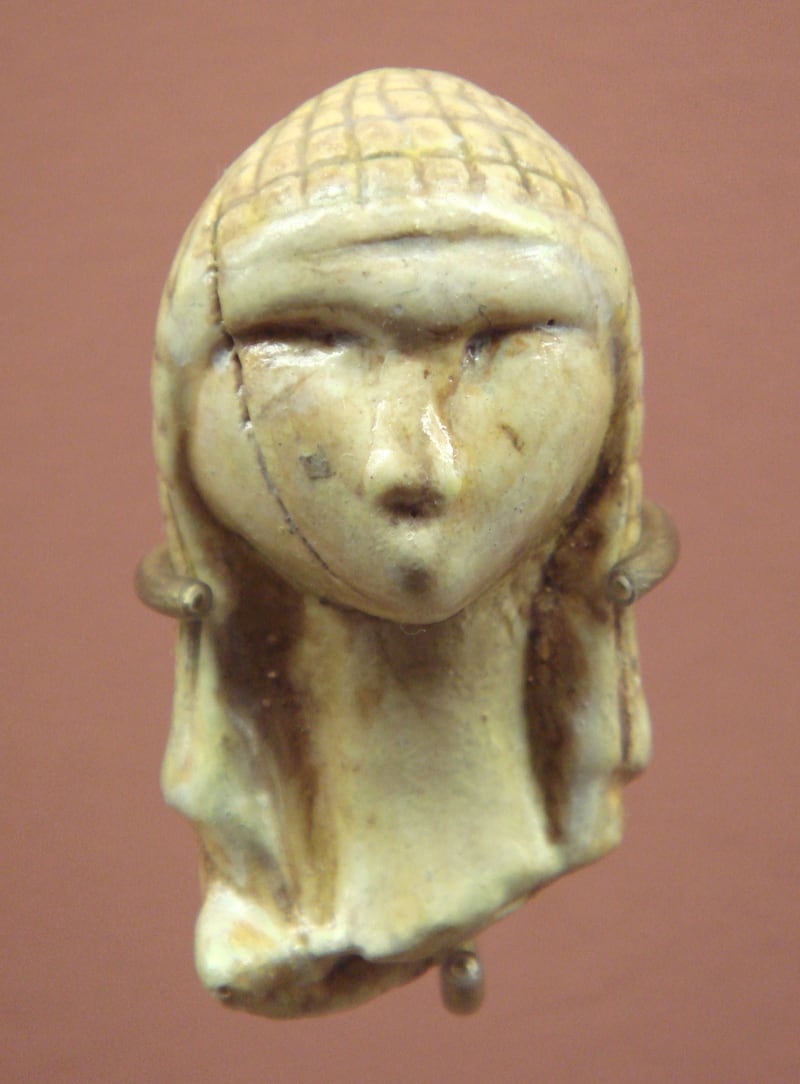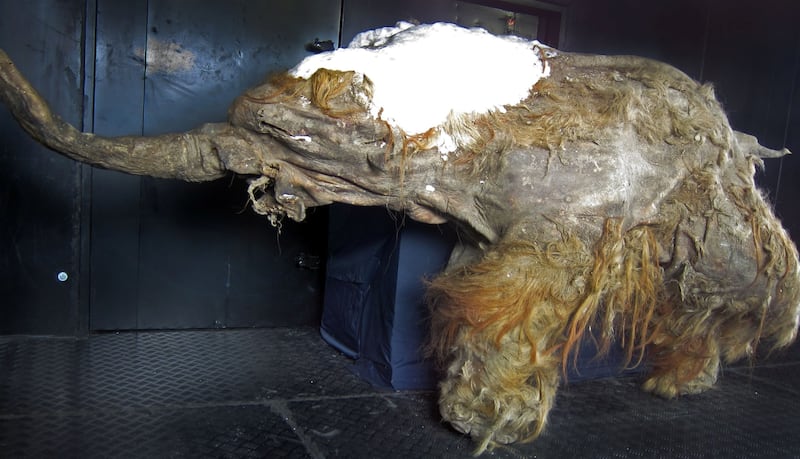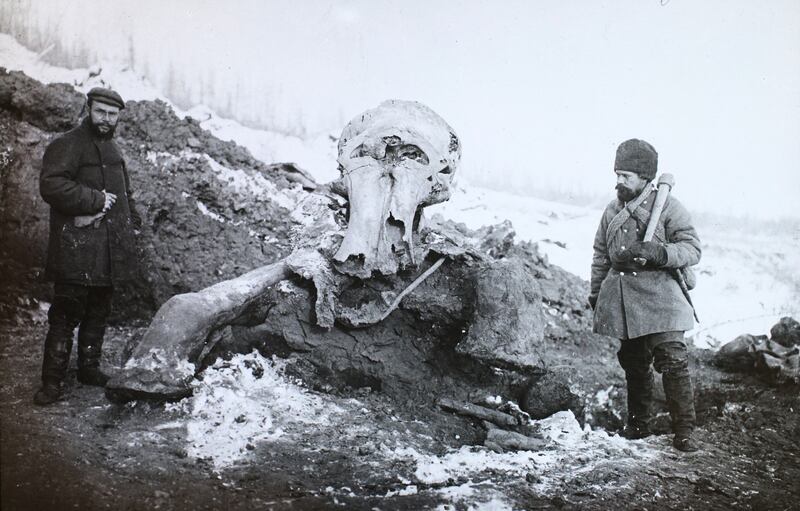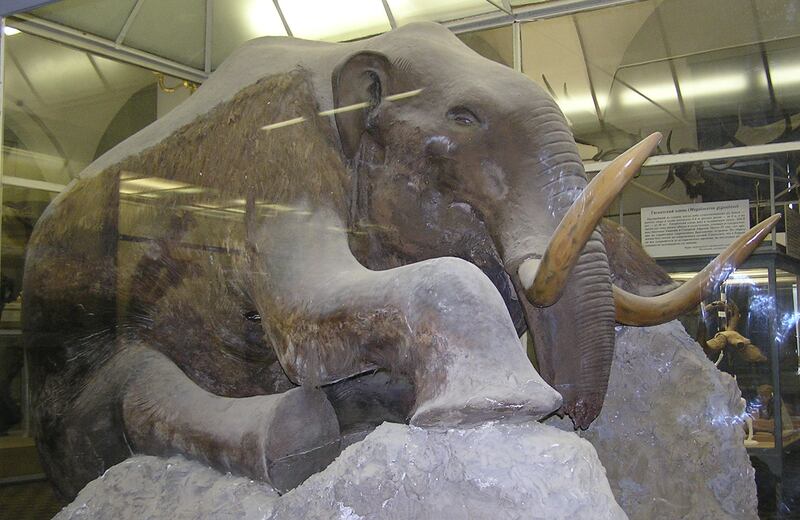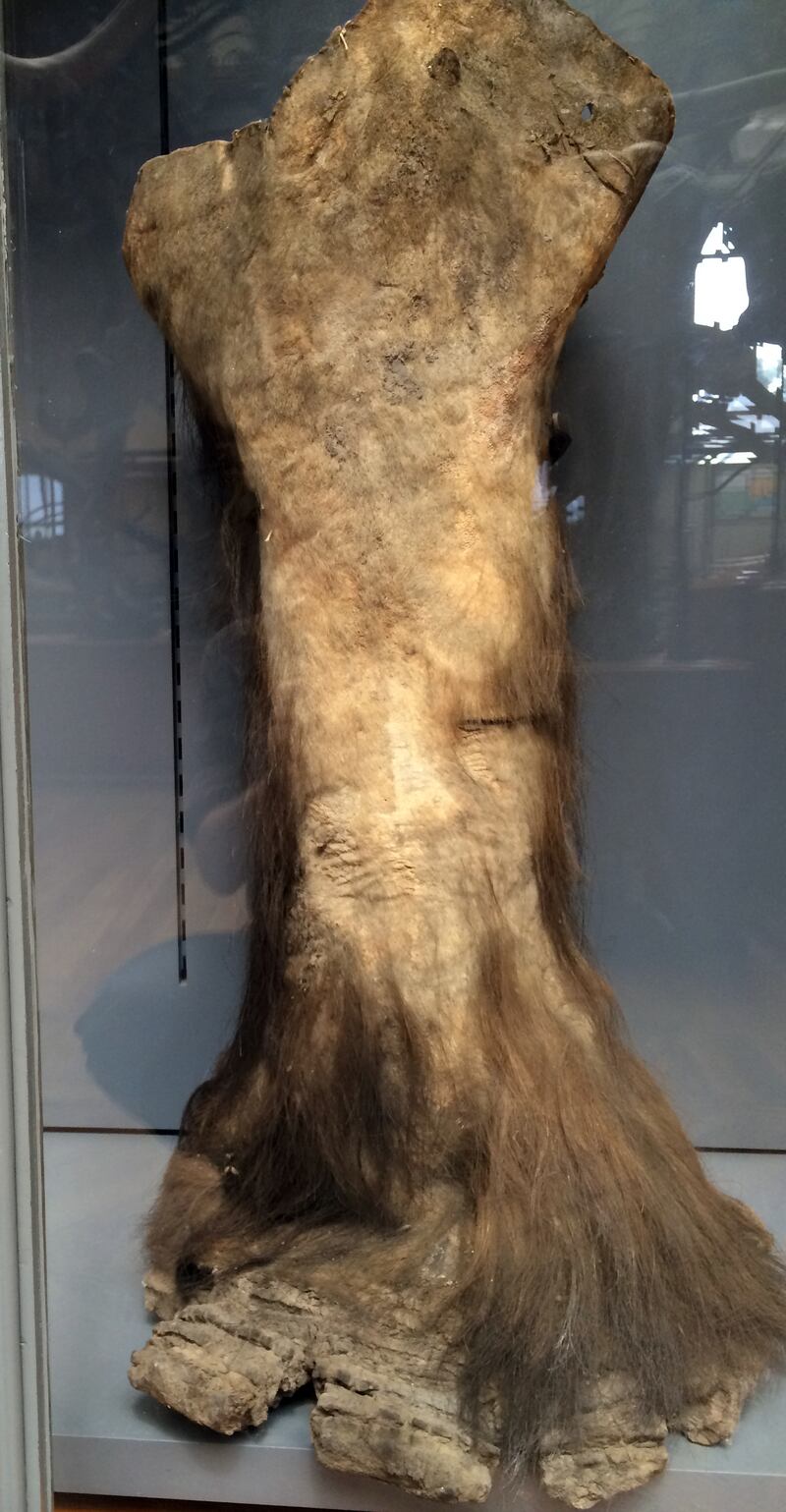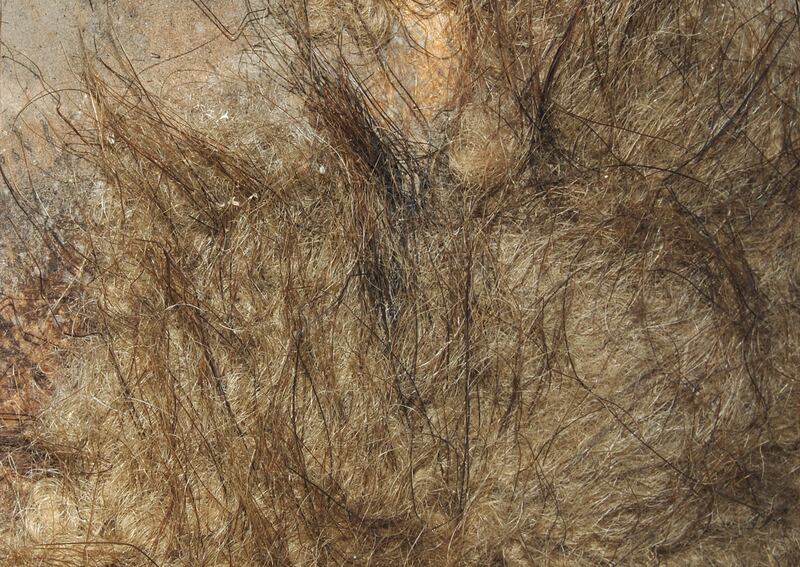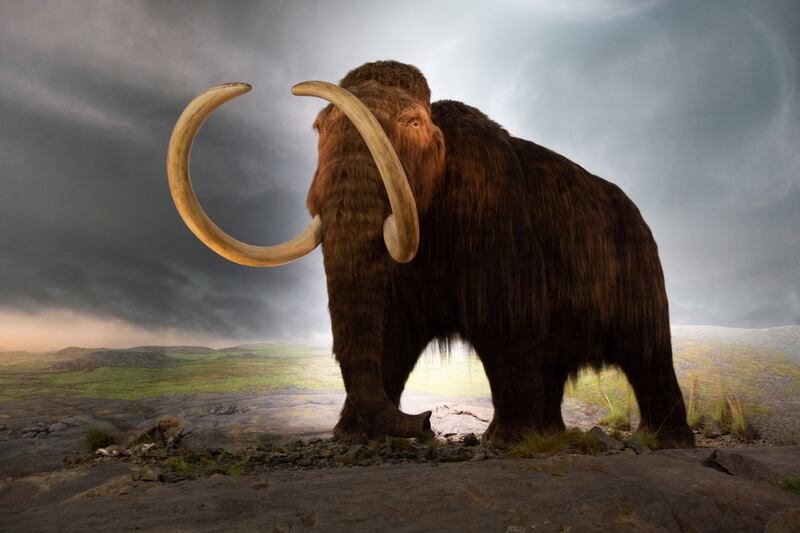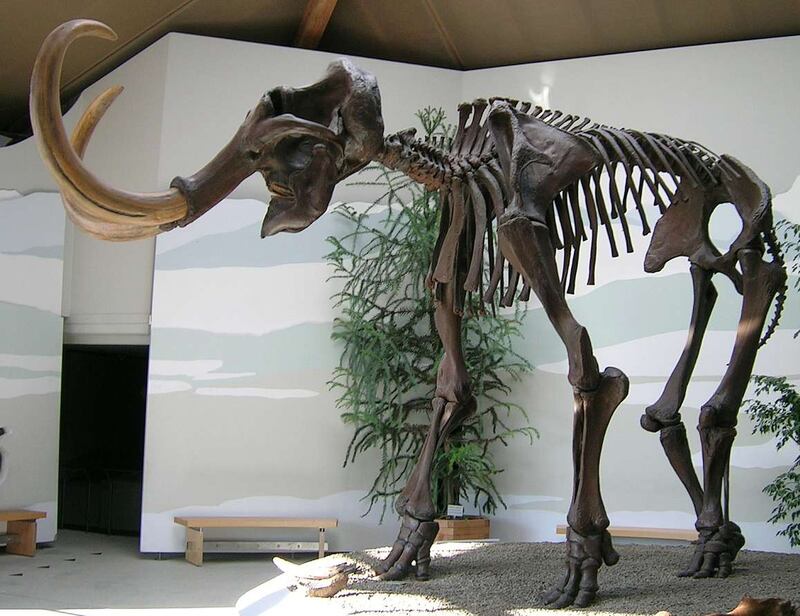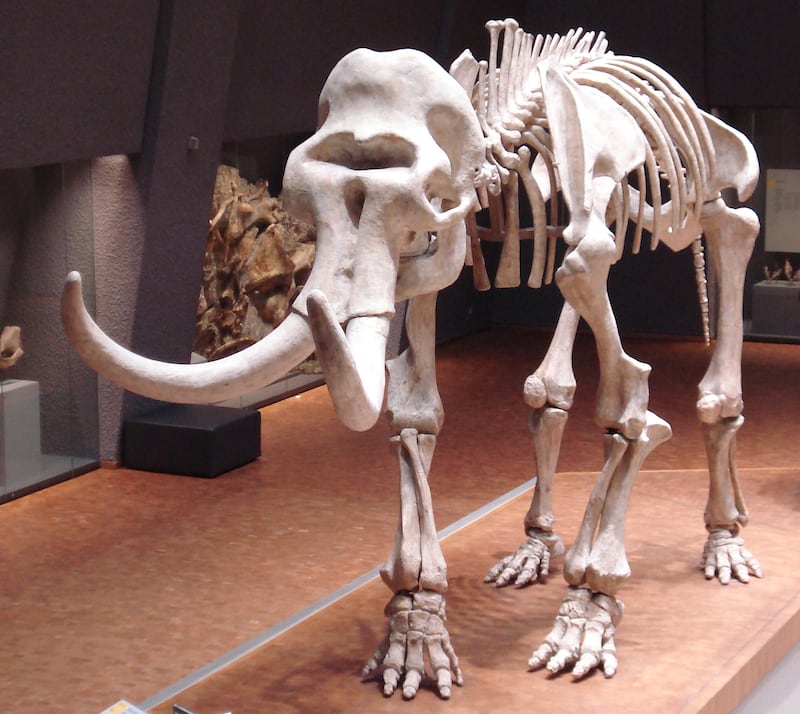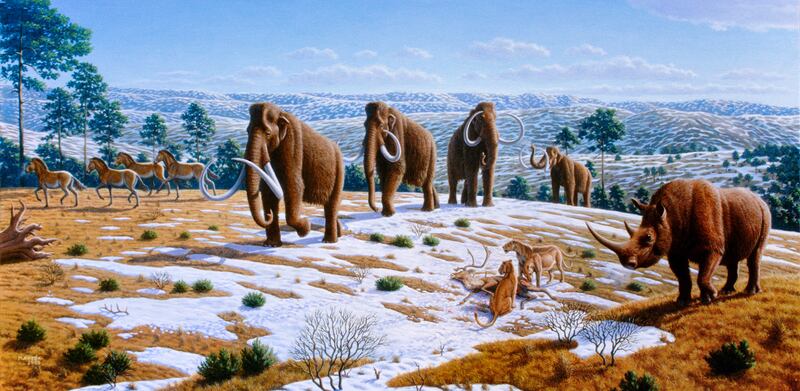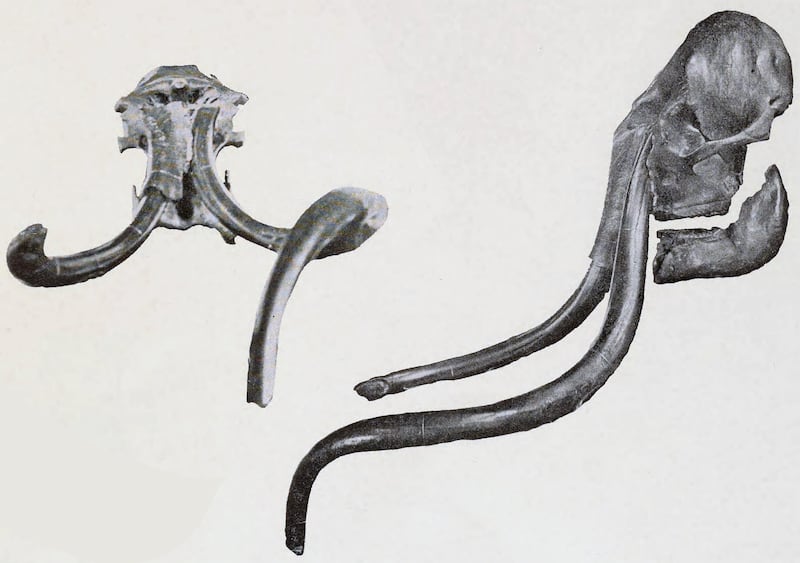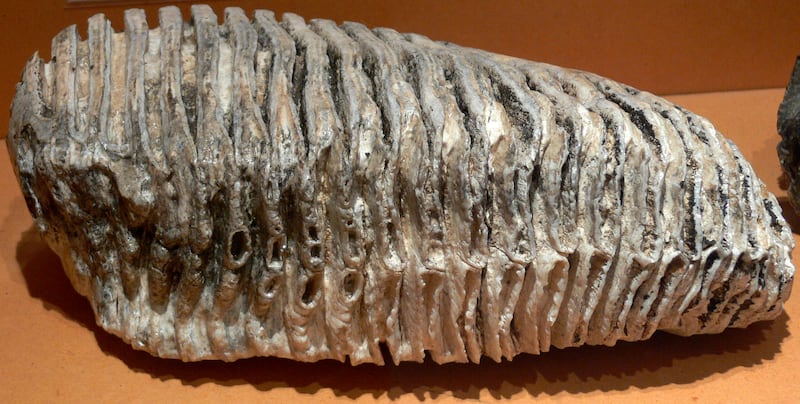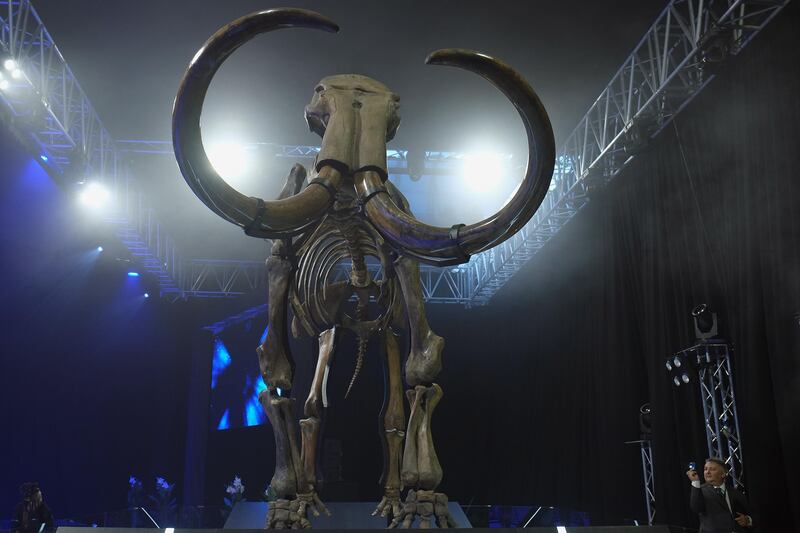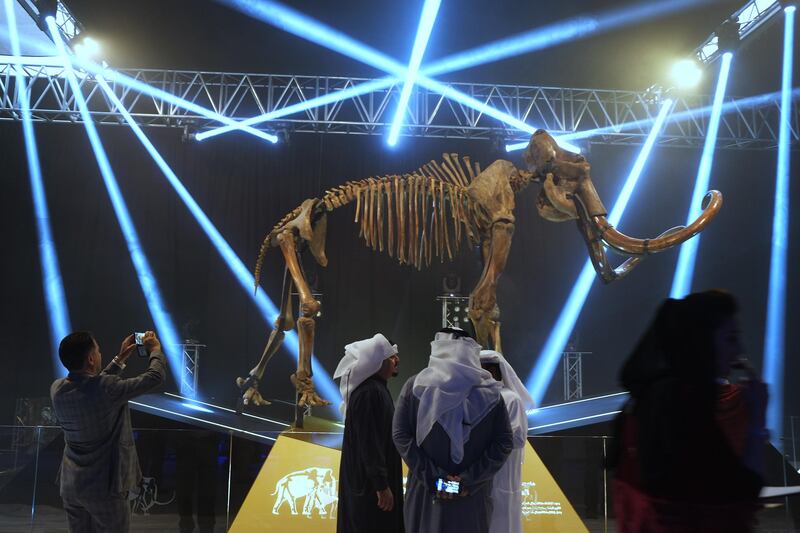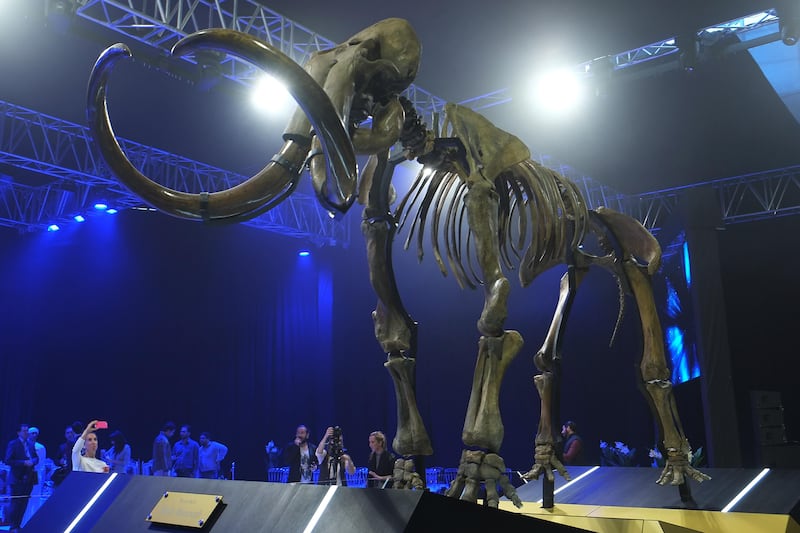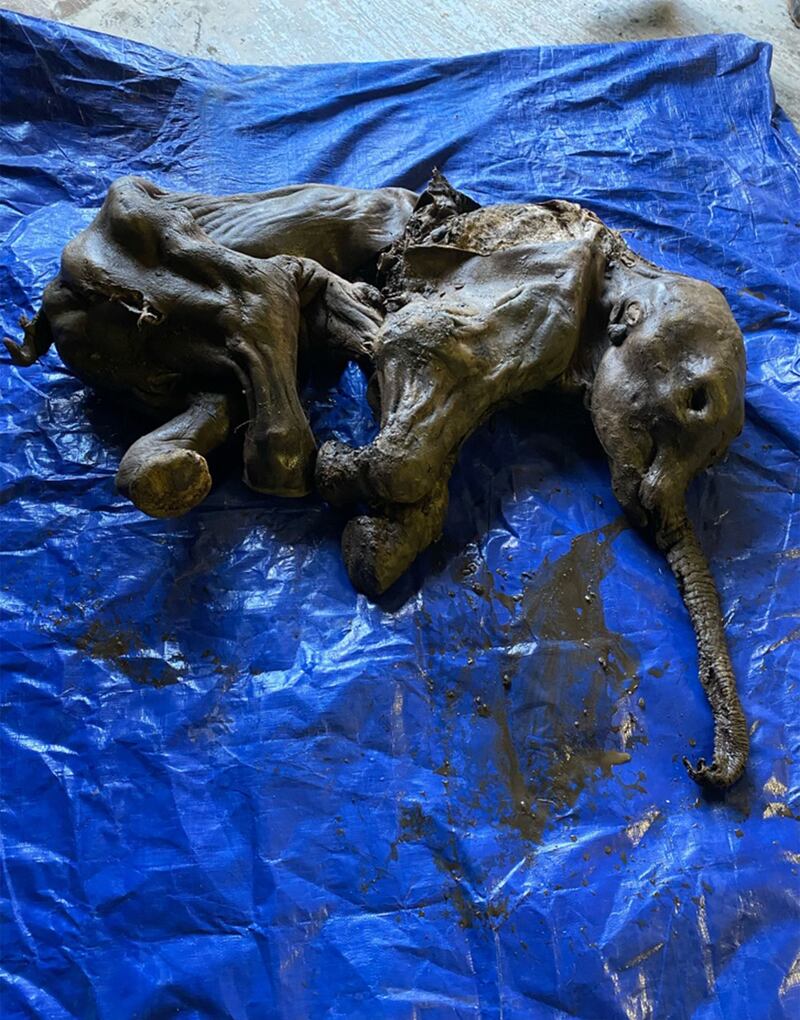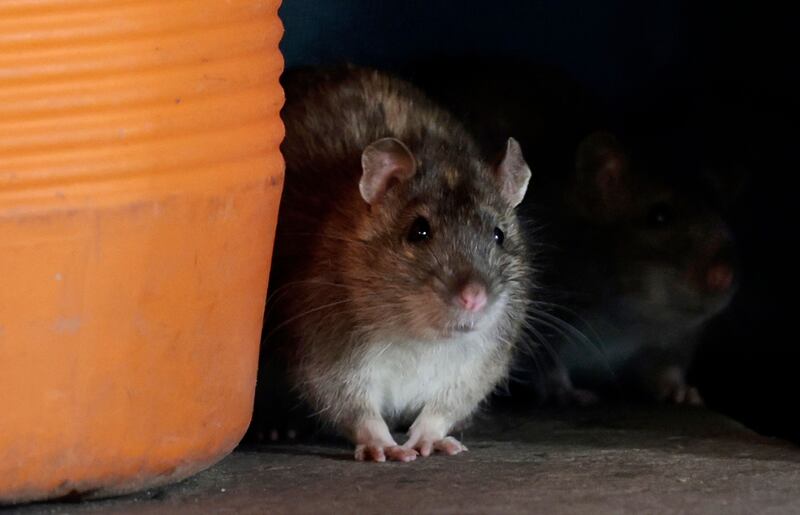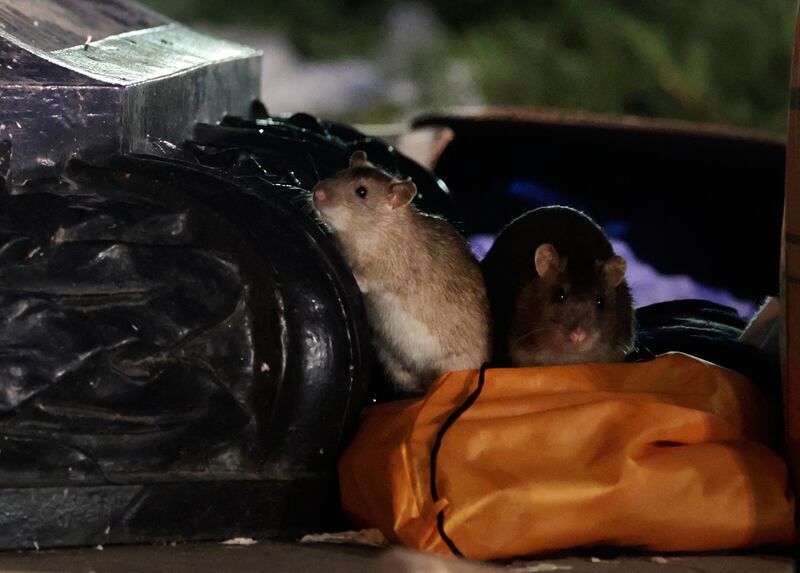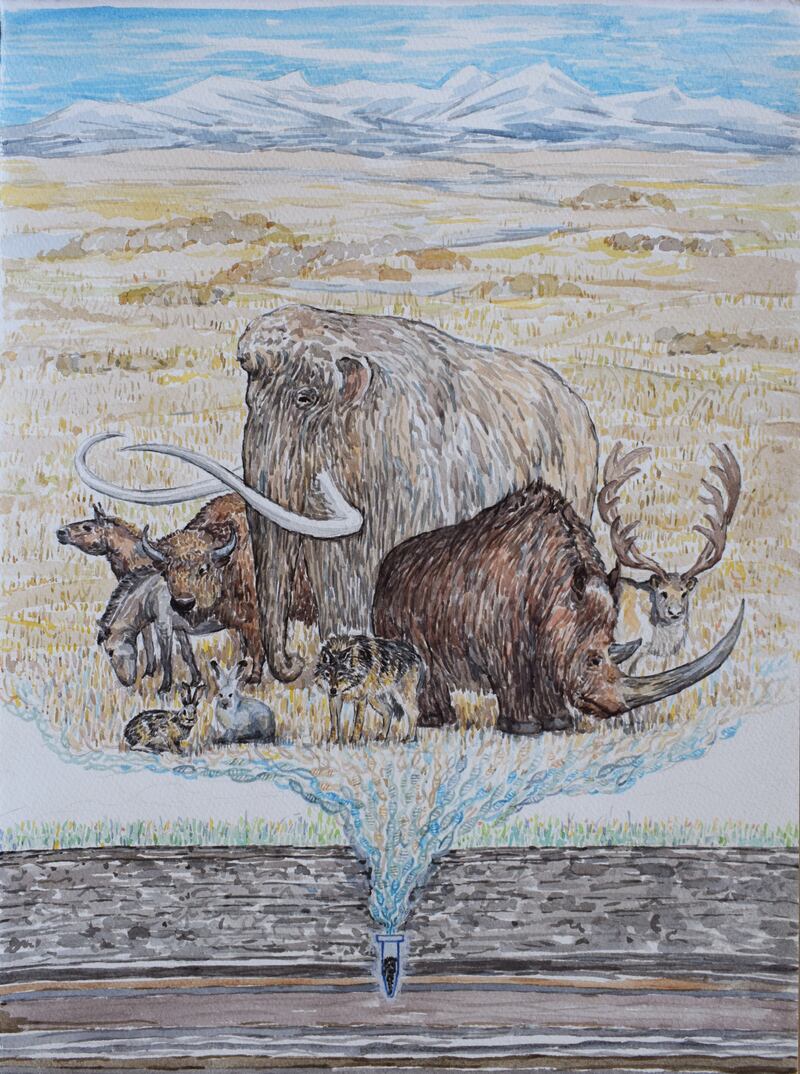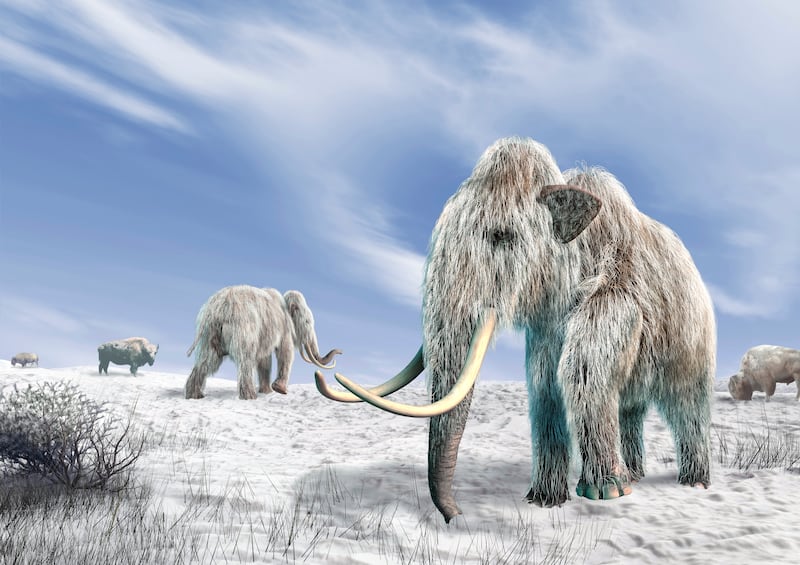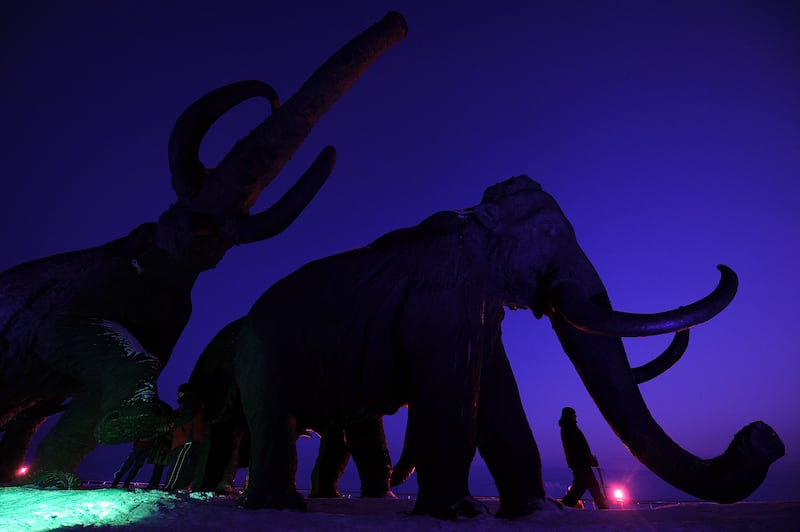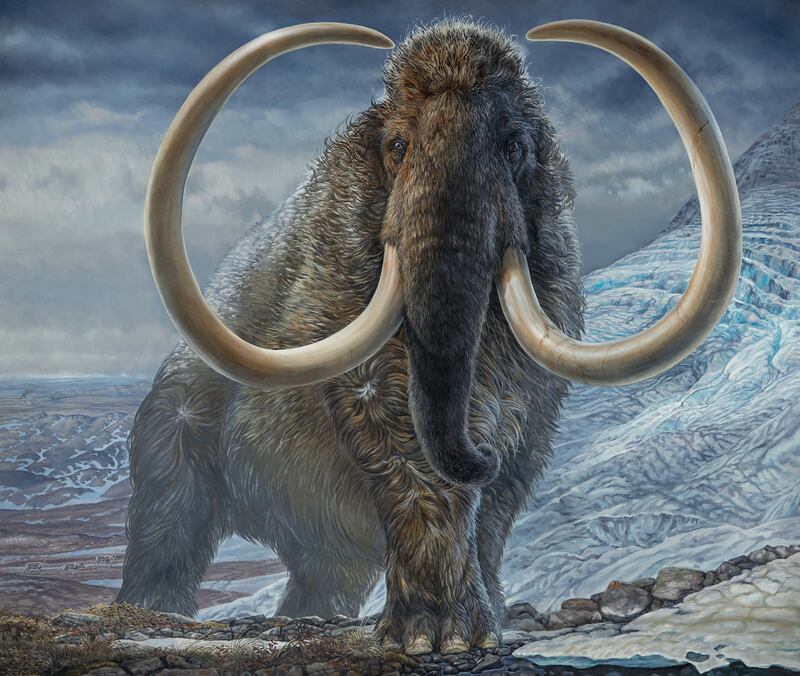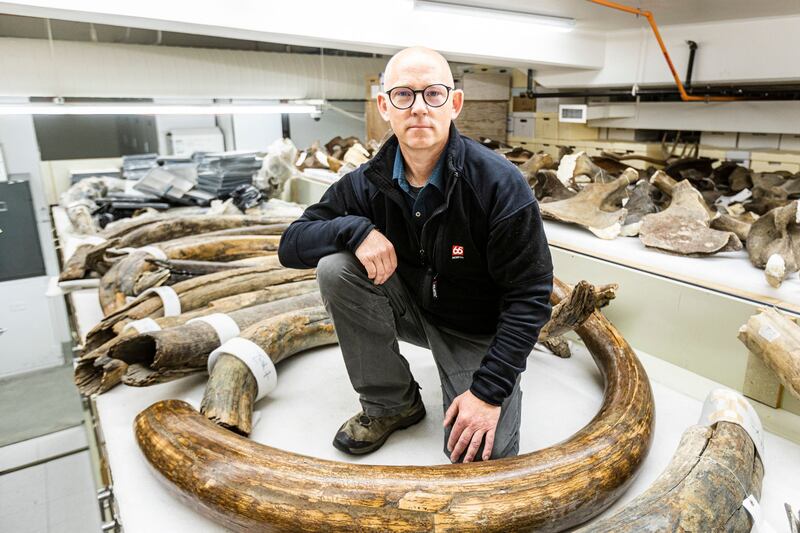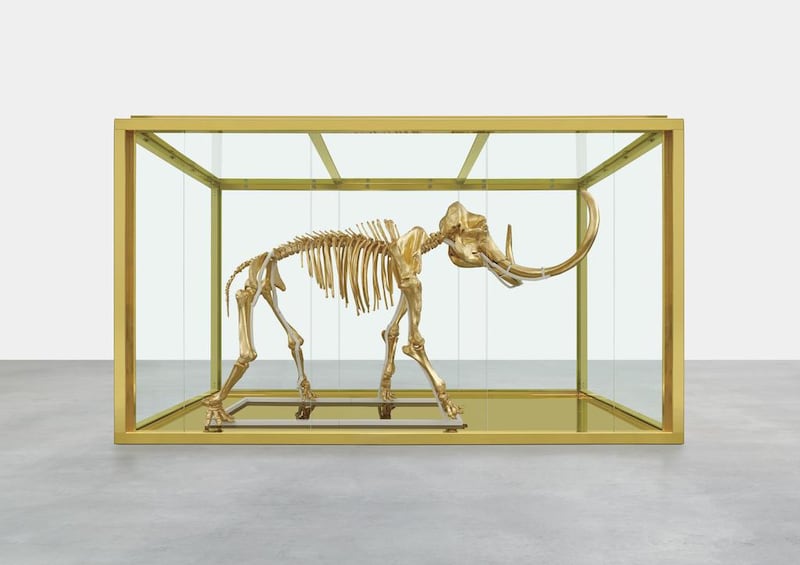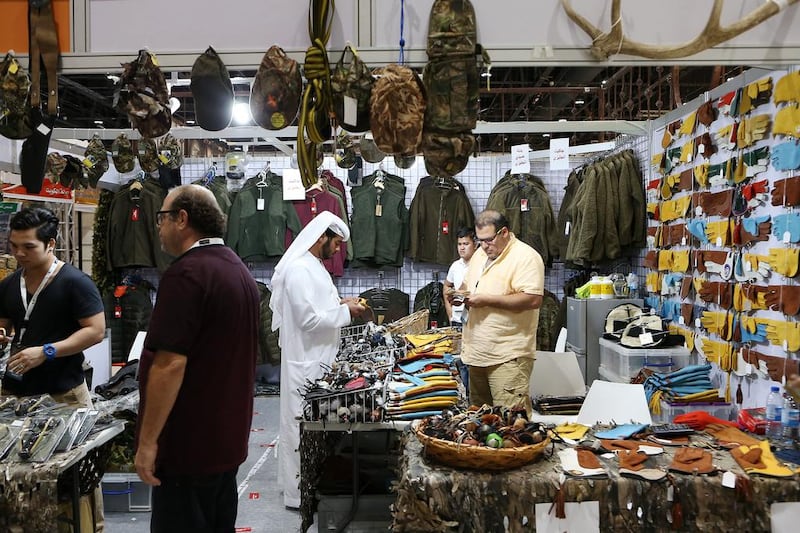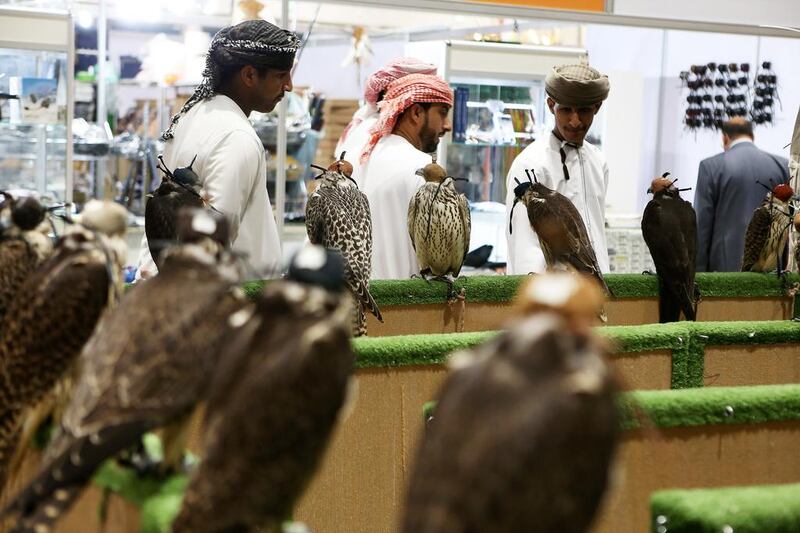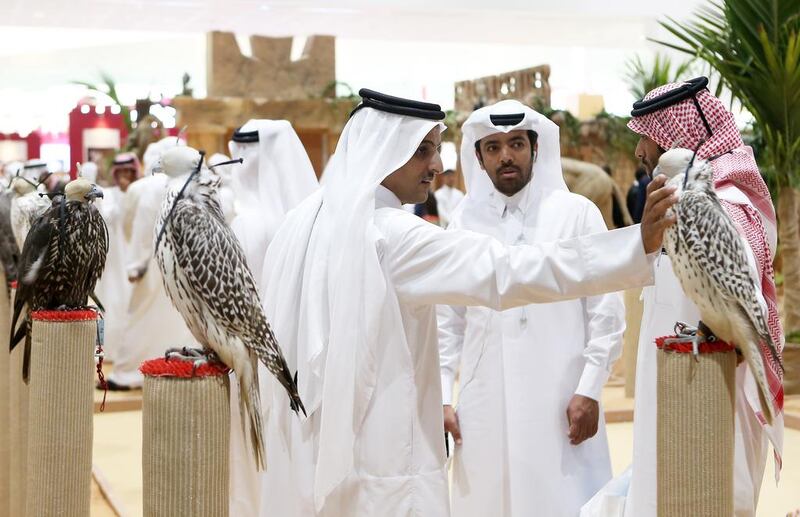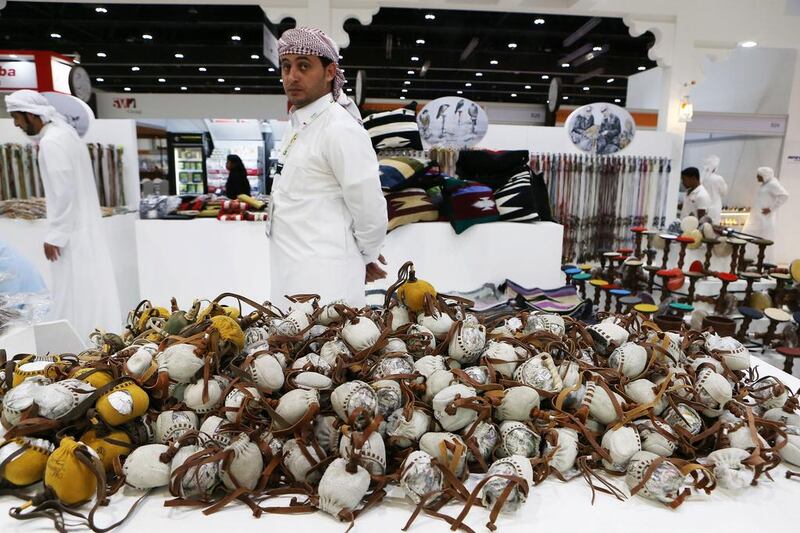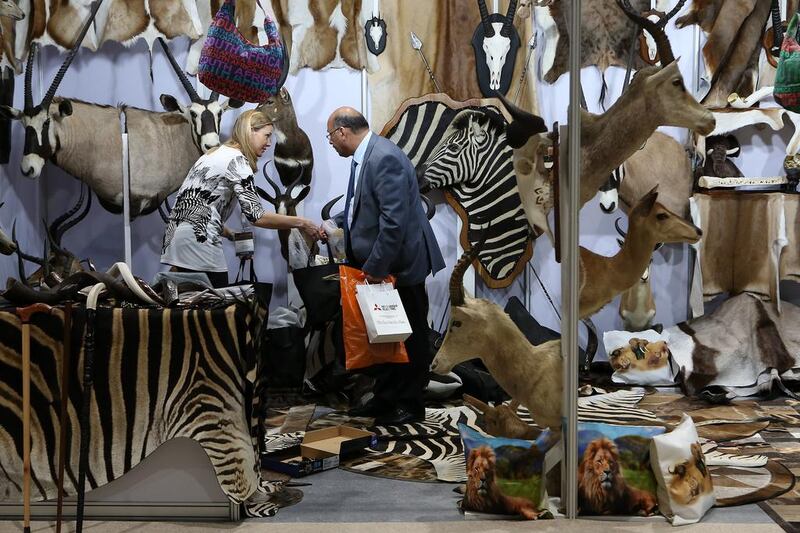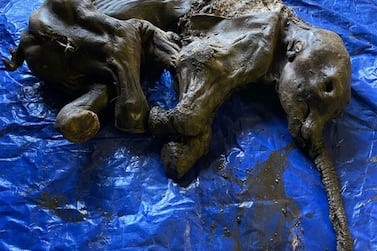Before the end of the decade, ponderous woolly mammoths could be traipsing across the tundra once again.
Driven to extinction about 10,000 years ago, the 15-tonne animals could soon be kicking up the permafrost — if a company called Colossal has its way.
Under the aegis of George Church, considered by many to be the godfather of genetic engineering, Colossal is using state-of-the-art genomic sequencing and Crispr gene-editing technologies to splice together recovered genetic material from the long-lost mammoths and DNA from Asian elephants.
It is a process known as “de-extinction”, and researchers have been working on it for several years.
Mammoth tusks and rare rifle on display at Adihex- in pictures
But why the woolly mammoth? Why not the Dodo or other extinct animals such as the Christmas Island rat or the Tasmanian tiger — all of which other research teams are working on?
One reason is similar to why wildlife conservation groups focus on animals such as the panda: woolly mammoths have a much bigger public appeal.
“It's a pretty loveable creature,” said Colossal cofounder and chief executive Ben Lamm, who has put $15 million into supporting the project's research.
“There aren't woolly mammoth hate groups online.”
To clone a woolly mammoth, however, well-preserved carcasses that can yield a substantial amount of ancient DNA are needed.
Their cousins, the Asian and African elephant, have usable base genomes that Mr Church's team can edit so that the new species develops characteristics such as resistance to cold and shaggy coats.
Mr Church describes the hoped-for result as an “arctic elephant or cold-resistant elephant”.
Critter karma
Mammoths are giant herbivores and, while on the hunt for food during the Ice Age, they would trample moss and shrubs, which made an indelible mark on the landscape while also helping the permafrost maintain its natural carbon-capturing abilities.
Climate change led to the extinction of the woolly mammoth, but reintroducing them to the wild could re-establish balance and biodiversity in certain biomes.
And as global temperatures rise, the melting permafrost could unleash even more greenhouse gases, exacerbating global warming. Herds of woolly mammoths could help tamp down the tundra and prevent that from happening.
“But it's really about conservation,” Mr Church said.
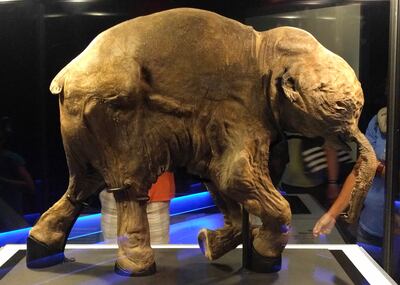
In developing the technology and conducting the genomic sequencing, Colossal has funded the complete sequencing of the Asian elephant genome, a project that could help save endangered elephants from extinction.
“We've been working with the Vertebrate Genomes Project and funding fully annotated reference genomes for existing elephants,” said Mr Lamm.
With the biological clock ticking, the project is trying to create a Noah's Ark of DNA, generating reference genome assemblies of all 66,000 existing vertebrate species.
“The extinction rate is just going up so fast,” said Erich Jarvis, project chairman and neuroscience researcher at Rockefeller University. “So, you have capture the genetic code now before you lose it forever.”
Price tag
Mr Jarvis estimates it costs between $15,000 and $20,000 to genetically catalogue each species, representing a total price tag of a billion dollars or more.
Preserving such genetic information may prove critical to saving a species, and Mr Jarvis suggested we may have an obligation to de-extinct animals.
“If we're responsible for the animal's extinction, then we should be responsible for turning it around,” he said.
That responsibility extends to ensuring the creatures don’t end up in zoos.
“We have a responsibility that they are taken care of, including that they have a flourishing life,” said S Matthew Liao, director of the Centre for Bioethics at New York University, who is also on Colossal's scientific advisory board.
And a flourishing life is one not spent behind bars, activists say. In a recent court case, animal rights campaigners sought to free Happy, an Asian elephant residing at the Bronx Zoo in New York, arguing that she was being illegally detained and should be allowed to roam free.
The group lost the case, but at least one dissenting judge agreed that the elephant deserved to live out her life as she was meant to — in the wild.
Mr Church and Mr Lamm said they will only raise free-range woolly mammoths in the tundra, far from human interference and with no natural predators. Still, there are concerns about unintended consequences, such as mutations and diseases that could affect the animals.
“We've still got time to work through that,” said Mr Lamm, noting that the first mammoth calves are at least five to six years away.
“And we're creating several thousand-pound animals, so rolling that back is much easier” than, say, containing genetically altered mosquitoes, he said.
“I love dystopian science fiction,” Mr Church said. “So Jurassic Park? We're not going to do that.”
